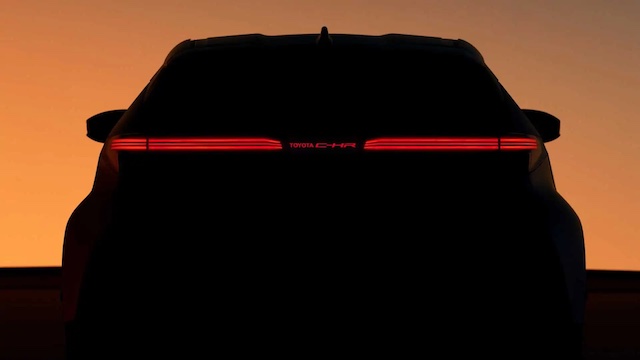
Toyota is fast-tracking its electric vehicle programme around next-generation battery technology and a dedicated assembly line where cars would power up and drive themselves through the production process.
It’s all part of the carmaker’s aim be the world leader in batteries for BEVs, all while cutting developing times and production costs of EVs themselves by using special casting machines to make them simpler to put together. It promises further improvements in aerodynamics, too.
“What we want to achieve is to change the future with BEVs,” Takero Kato, president of new Toyota EV unit BEV Factory, said on the carmaker’s YouTube channel. The BEV Factory was established last month and aims to produce about 1.7 million vehicles by 2030, or around half of the 3.5 million EVs Toyota aims to sell annually.
The carmaker’s disclosure that it would reboot its EV plans by developing advanced batteries comes three years after it established Prime Planet Energy & Solutions, a multi-billion dollar joint venture with technology giant Panasonic.
And it comes after ongoing criticism from the corporate world that it’s been slow to bring EVs to market, despite it pioneering hybrid technology with the Prius range. Toyota launched Prius in New Zealand 20 years ago.
The collaboration with Panasonic focused on different types of batteries for a new range of Lexus and Toyota EVs due in the next few years. Said technology chief Hiroki Nakajima: “We will need various options for batteries, just like we have different variations of engines. It is important to make these batteries compatible with any kind of model,”
Toyota’s new lithium-ion batteries will break cover in 2026. They are expected to be advanced lithium-ion phosphate rather than lithium-ion. Toyota says they will offer a maximum range of around 1000km and quicker charge times. The first vehicle to use the updated technology will launch as a Lexus.
Solid-state (SSB) batteries are due in 2028 in a new range of Toyota EVs. The company says it has overcome durability problems with SSBs to the point where they can be mass produced. SSBs promise up to 10 times the energy density of lithium-ion batteries of the same size, and can reach an 80 per cent charge within 10-15 minutes.
SSBs will be good for a driving range of around 1500km, says Toyota. Also they will maintain 90 per cent of capacity after 5000 cycles. Lithium-ion batteries begin to degrade and lose power capacity after 1000 charge cycles.
An indication of where Toyota is heading with the styling of its EVs might come with the second-generation C-HR, which is expected to be unveiled online this week before landing in New Zealand next year. C-HR stands for ‘compact high rider.’
Toyota has released a teaser image (at top) of the rear of the C-HR, revealing an LED light bar with ‘Toyota C-HR’ script at its centre. Two variants are expected in 2024, a traditional hybrid, where the petrol engine and electric motor work in tandem to power the car, and a plug-in hybrid (PHEV), which can use electric power only for a limited range, around 60km or so.
The new C-HR will build upon the funky styling of the current model, but without the high-mounted (1.4m) rear door handles. They have been replaced with flush handles in the door panel. Toyota has already said the C-HR would be more “spacious” inside.
